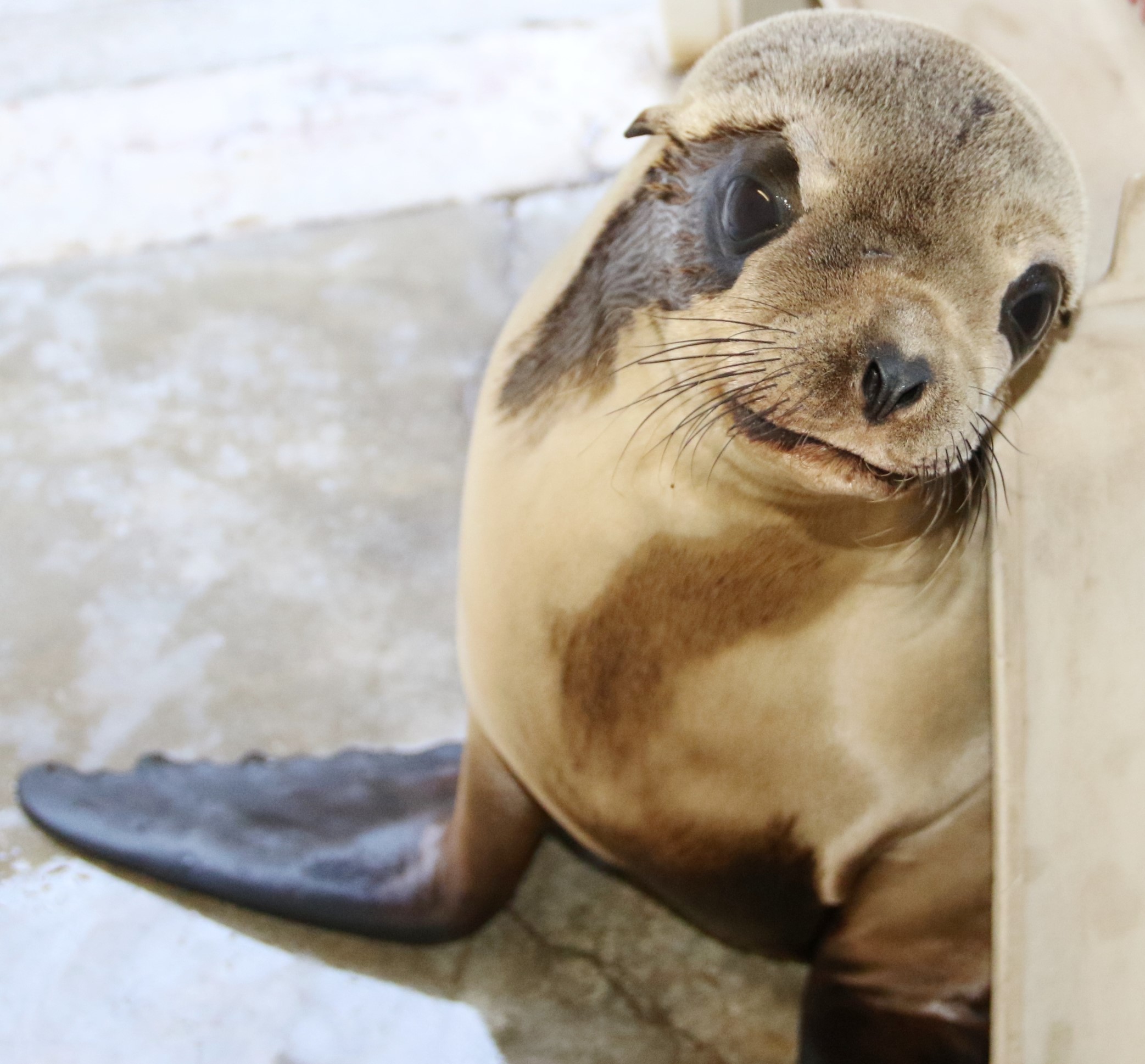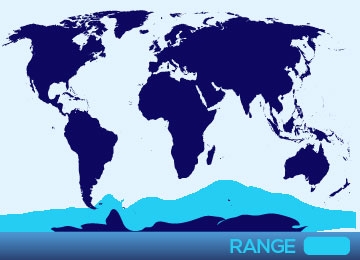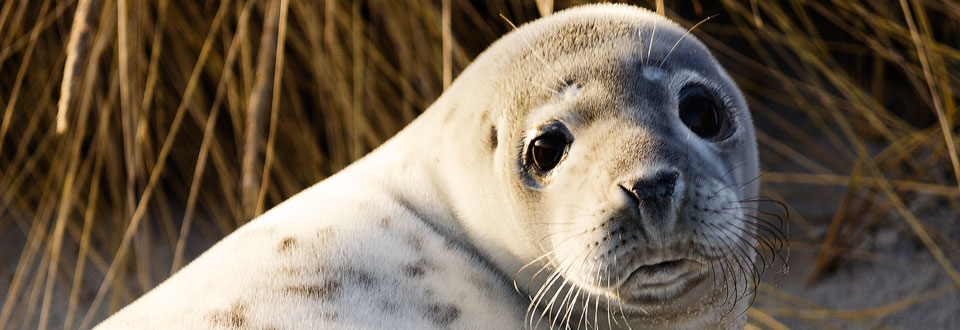
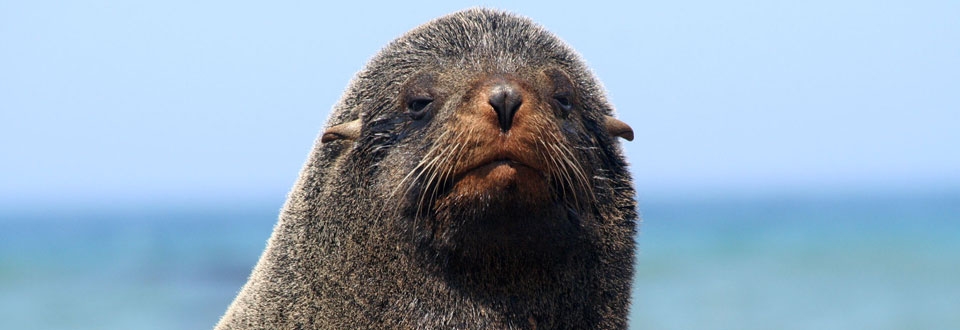
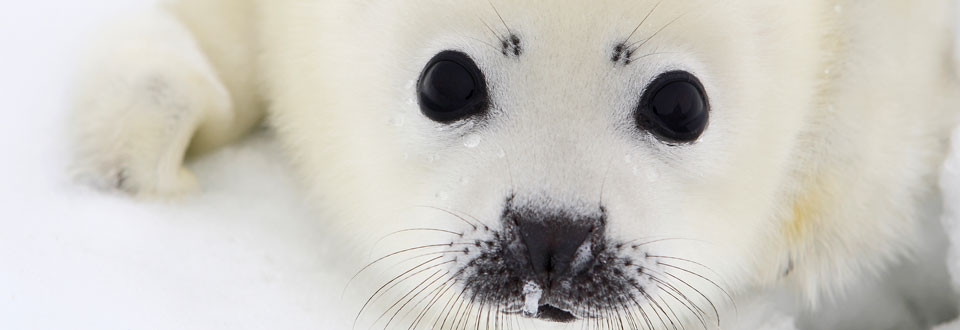
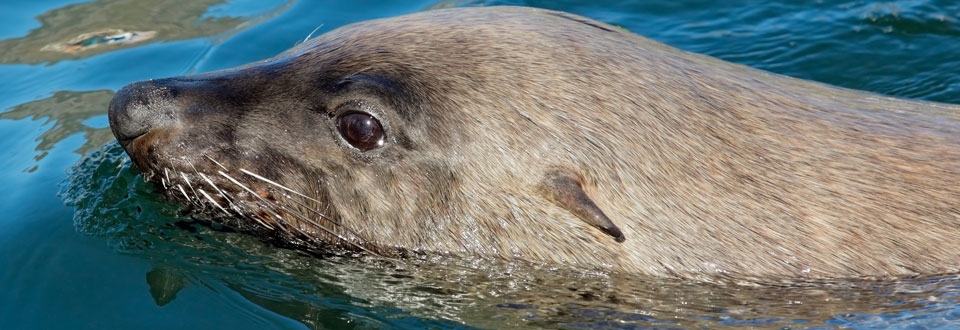
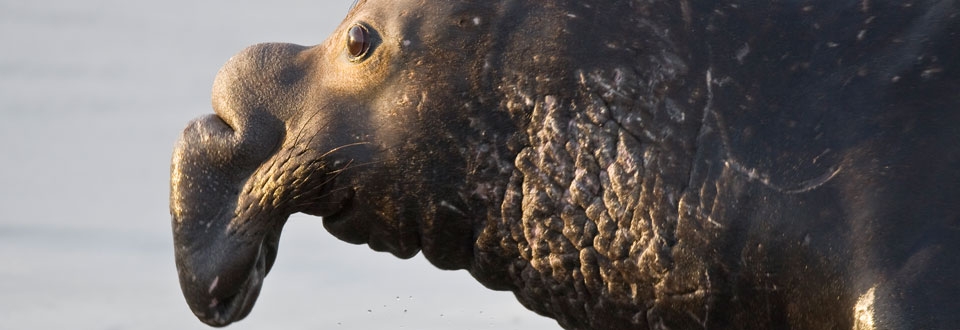
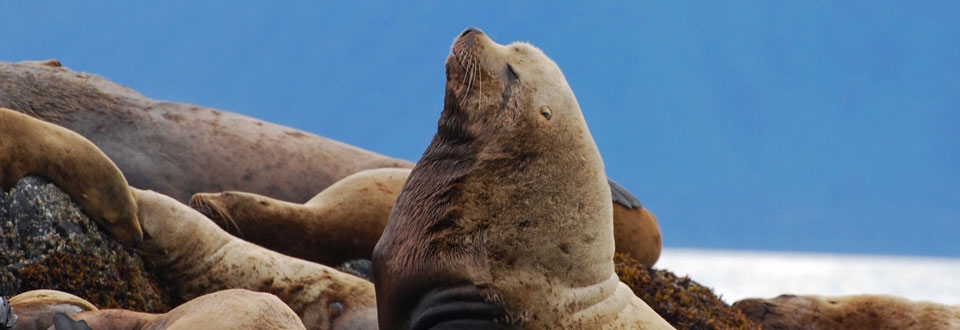
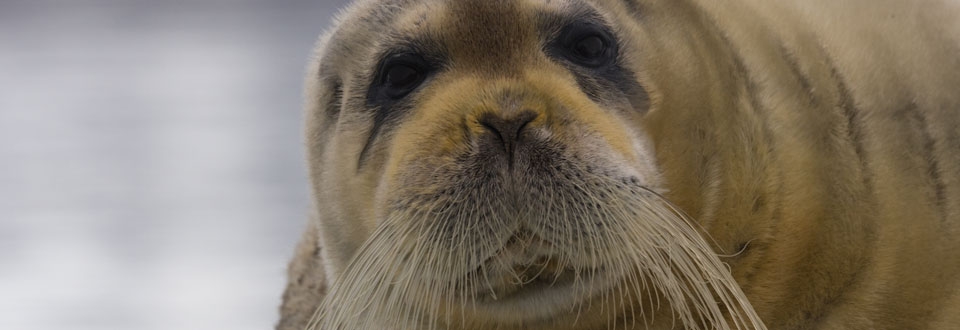
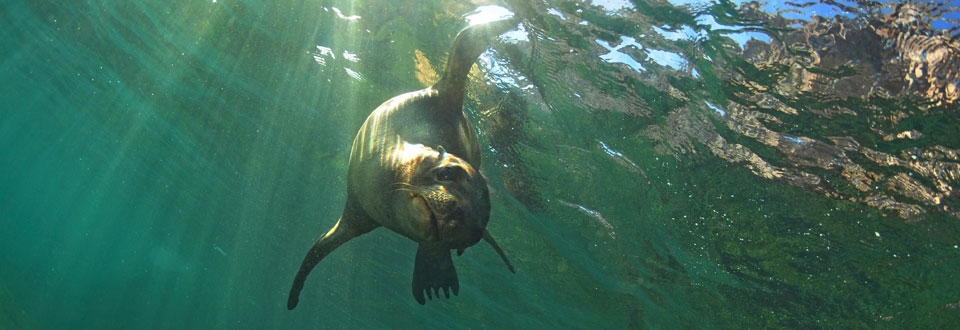
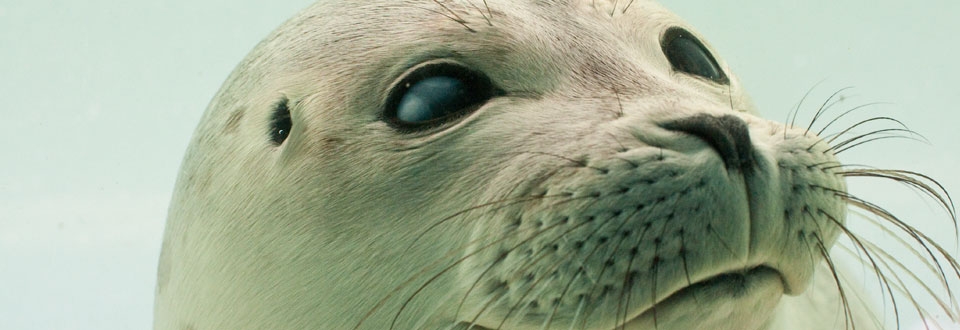
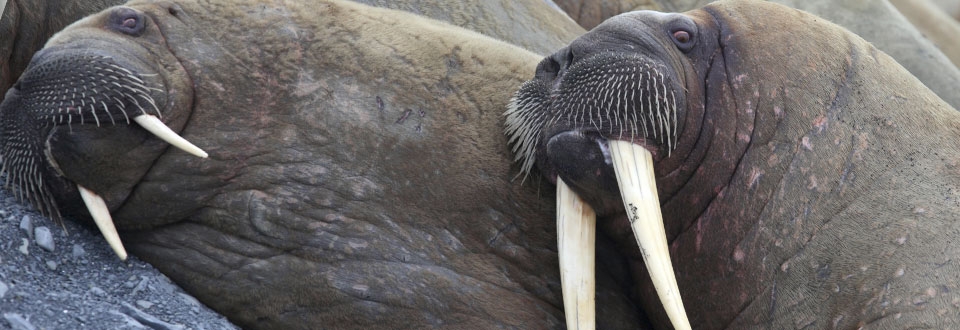
Pinniped Species
All
x
- – No known individuals remaining.
- – Known only to survive in captivity, or as a naturalized population outside its historic range.
- – Extremely high risk of extinction in the wild.
- – High risk of extinction in the wild.
- – High risk of endangerment in the wild.
- – Likely to become endangered in the near future.
- – Lowest risk. Does not qualify for a higher risk category. Widespread and abundant taxa are included in this category.
- – Not enough data to make an assessment of its risk of extinction.
- – Has not yet been evaluated against the criteria.
Leopard seal
- – No known individuals remaining.
- – Known only to survive in captivity, or as a naturalized population outside its historic range.
- – Extremely high risk of extinction in the wild.
- – High risk of extinction in the wild.
- – High risk of endangerment in the wild.
- – Likely to become endangered in the near future.
- – Lowest risk. Does not qualify for a higher risk category. Widespread and abundant taxa are included in this category.
- – Not enough data to make an assessment of its risk of extinction.
- – Has not yet been evaluated against the criteria.
Males- 800lbs
Females- 1000lbs
Leopard seals have a very large range from the southern coasts of Africa and Australia all the way to sub-Antarctic islands and Antarctica in both the Atlantic and Pacific oceans.
Leopard seals are lighter on their bellies and darker on their backs with spots, which give them their leopard name. They have very large heads and large, long front flippers, which they use to propel themselves through the water and sharp teeth.
Leopard seals are the only species of pinnipeds known to get much of their diets from warm-blooded animals including Crabeater and fur seals. They also consume krill, penguins, fish and cephalopods.
Subantarctic islands provide the habitat for juveniles, while adults live on pack ice.
Breeding season occurs between November to February with most births occurring in October and November. After 2 months of delayed implantation and 9 months gestation, females typically birth one pup at a time and nurse that pup for one month. Males mature around 6-7 years old and females around 3-7 years.
Hunting is regulated by the Antarctic Treaty and the Convention of Antarctic Seals. Their numbers are estimated to be above 200,000, though they are difficult to survey for accurate numbers due to their location and range.
Loss of habitat and food due to melting ice.
Leopard seals have specialized lobes in their jaws which allow them to strain krill from the water.




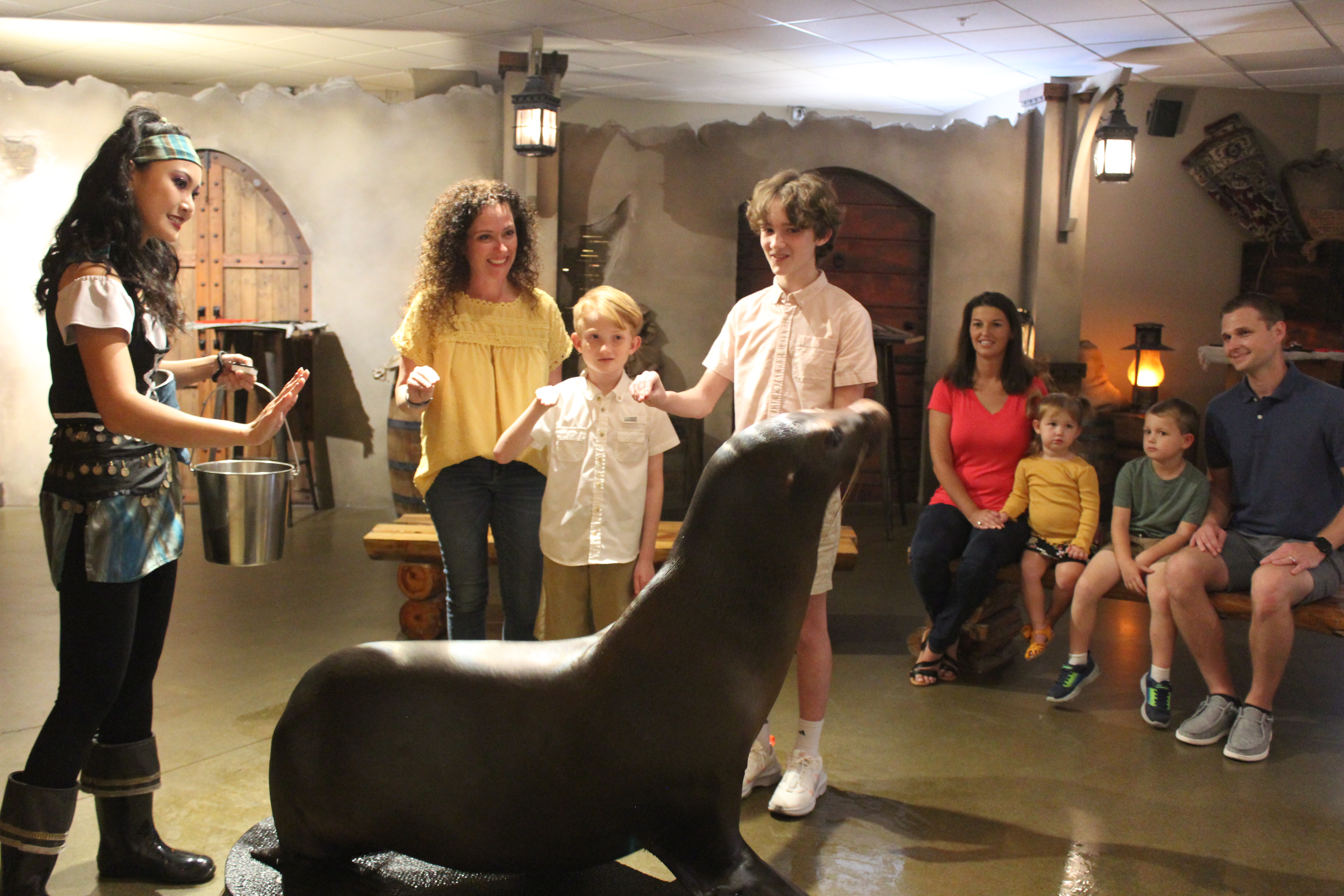 Animal Encounter
Animal Encounter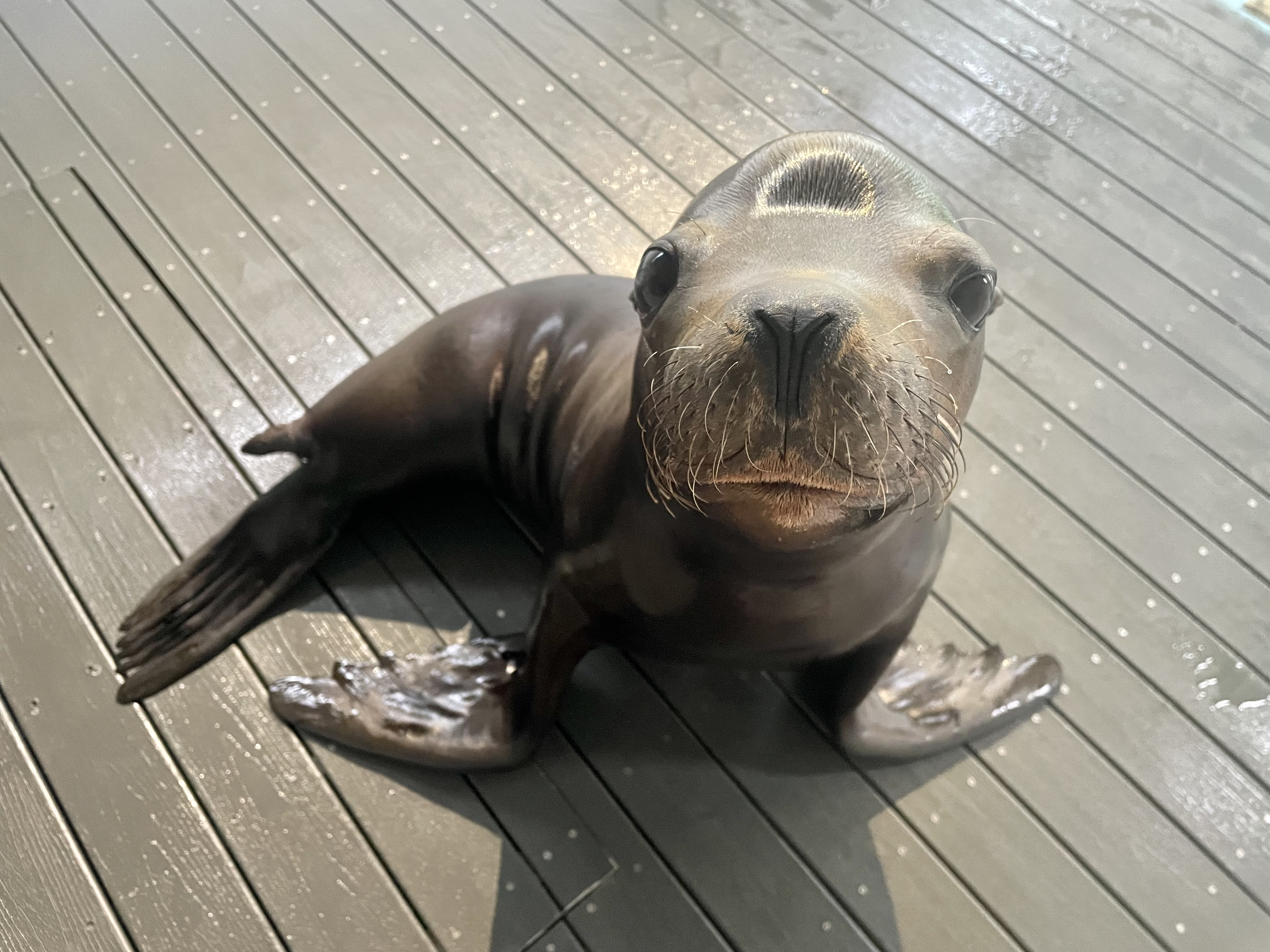 Our Locations
Our Locations
 Family Fun
Family Fun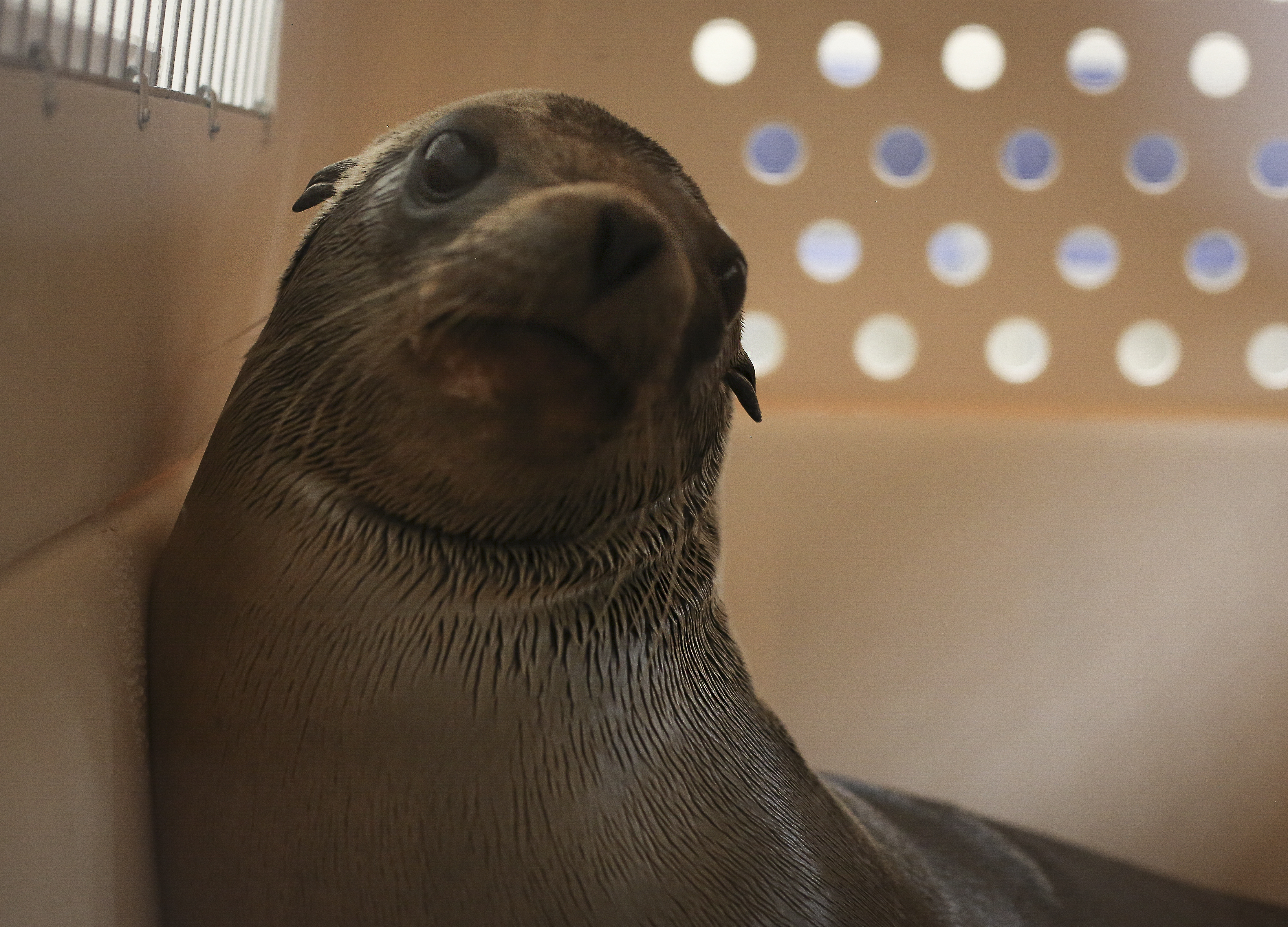
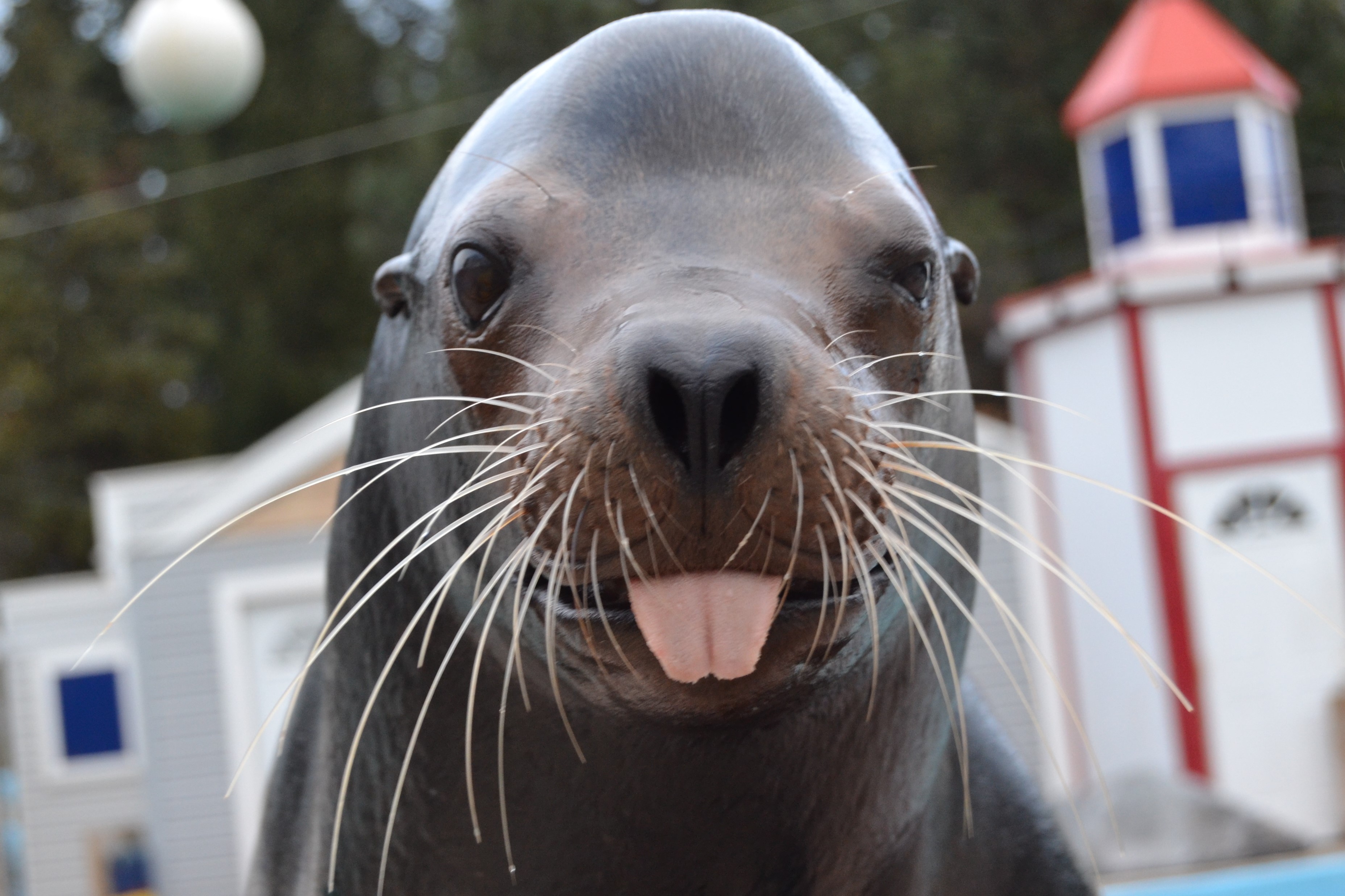
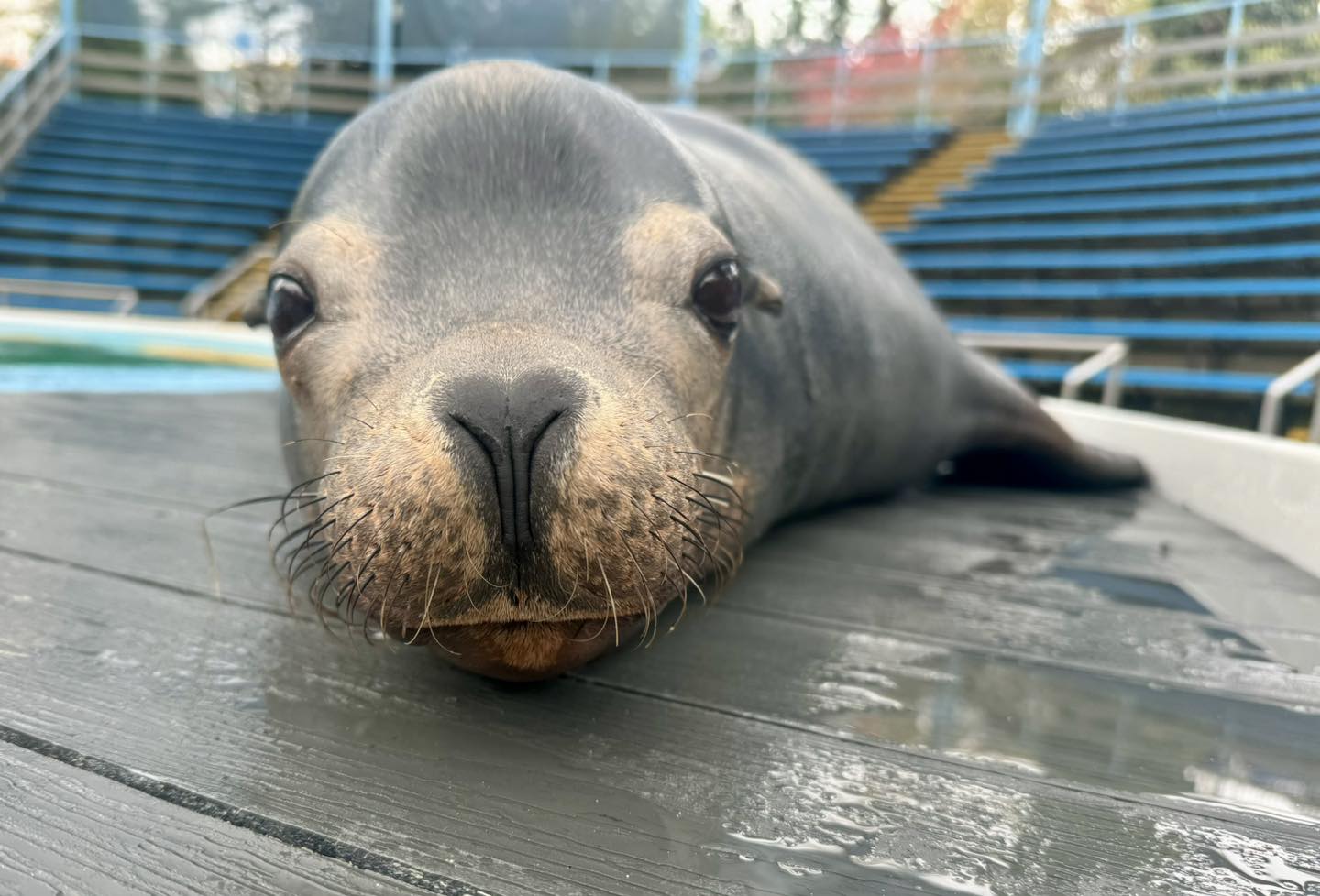 Meet Ripley!
Meet Ripley!

